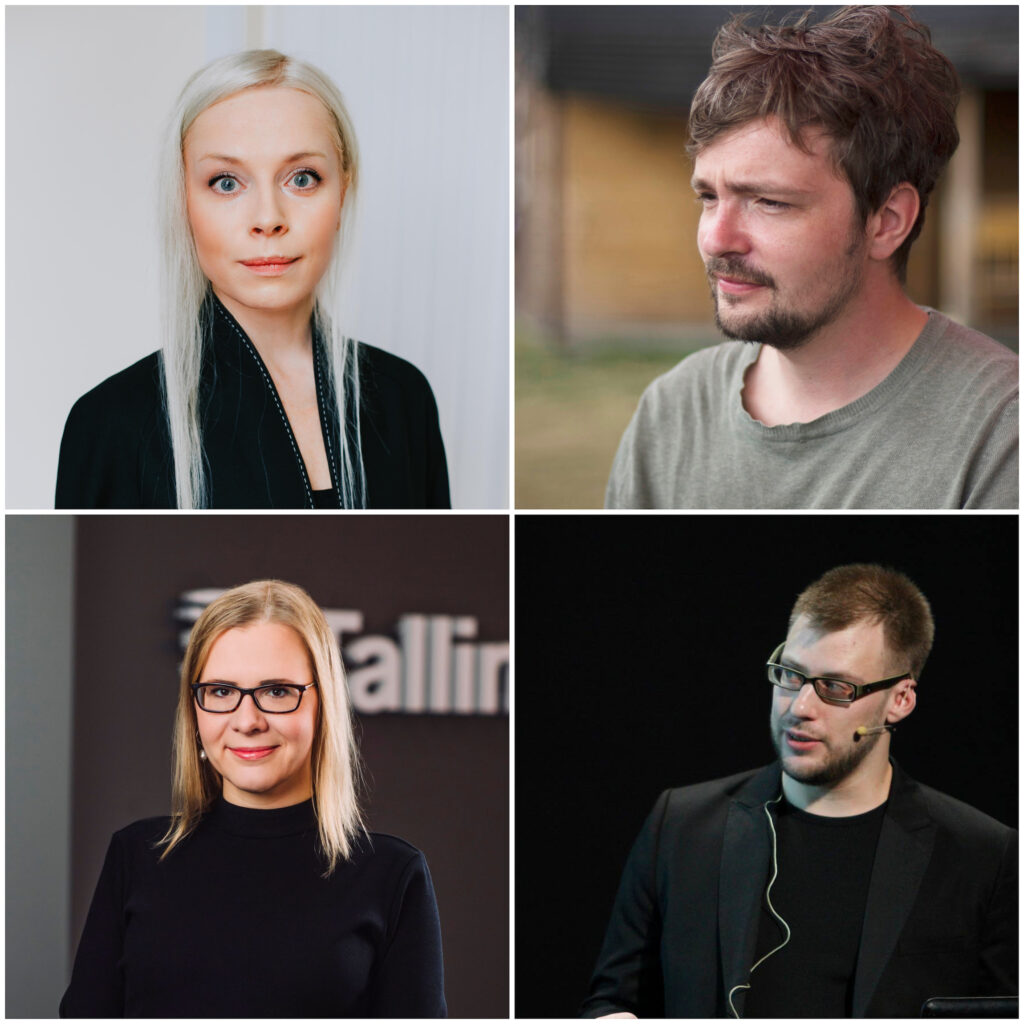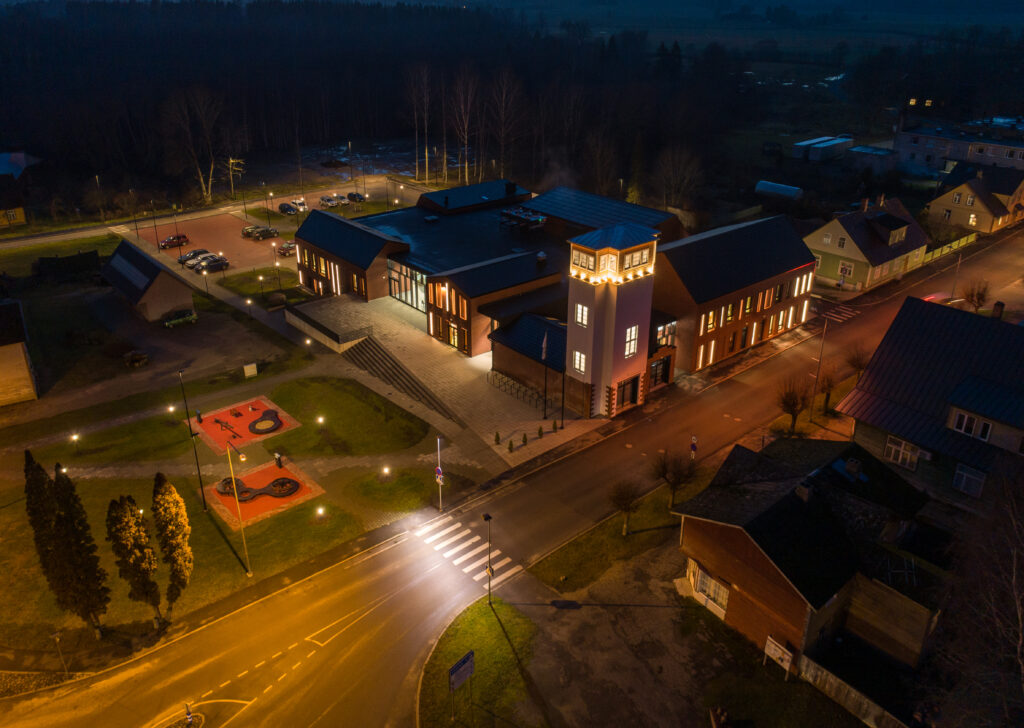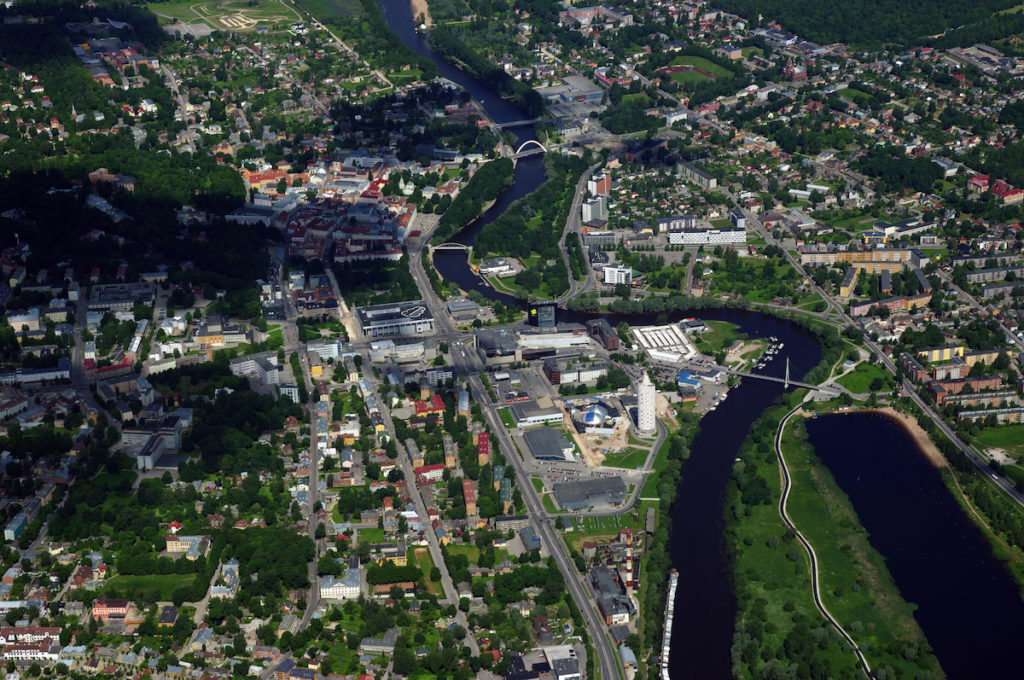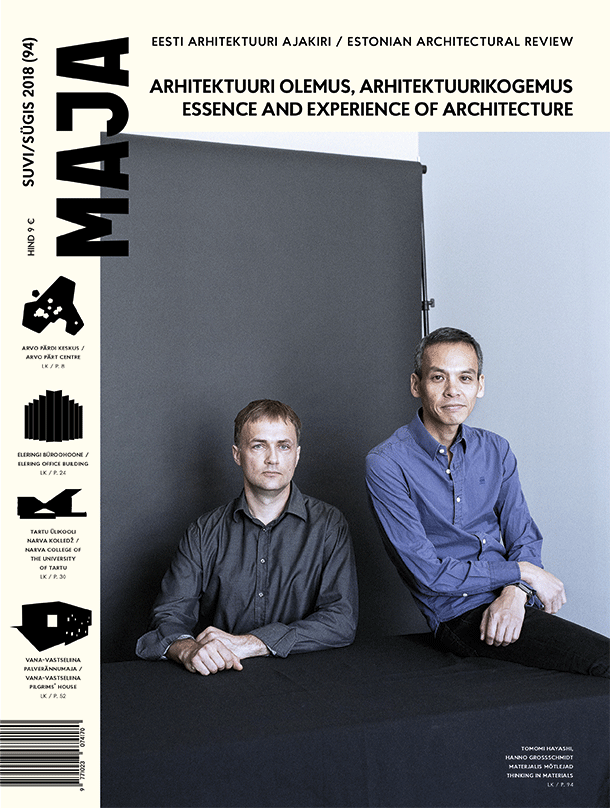We are asking how the European Union, local government and the architectural office can contribute to the development of architectural thought?
Careful homework on selecting the location for Suure-Jaani health centre, the wise decisions made by the local government as well as drawing together a number of public functions have provided the means for the emergence of very good architecture and the future town centre of Suure-Jaani.
‘We had completed our design submission for an architectural design competition. The detailed plan determined the building’s shape, roof pitch, roof height, eave height, the choice of building materials, entrance to the lot, the parking space of its residents and the client also provided us with a specific layout for rooms. We thought we had quite a decent building. Then an architecture student appeared and asked: ‘Well, what is the concept of this building...?’’
Several competition entries captured quintessential characteristics of Tartu. How to plan future competitions so that these characteristics could be more systemically written into competition briefs and implemented in 21st century projects?
“Great Public Spaces” competitions have an unprecedented historical value – the improvement of the quality of the spaces between the buildings has never been approached so systematically. The first of the fifteen squares are completed and ready for use. How did the innovations suggested in the winning entries transform into projects and from paper to space?










